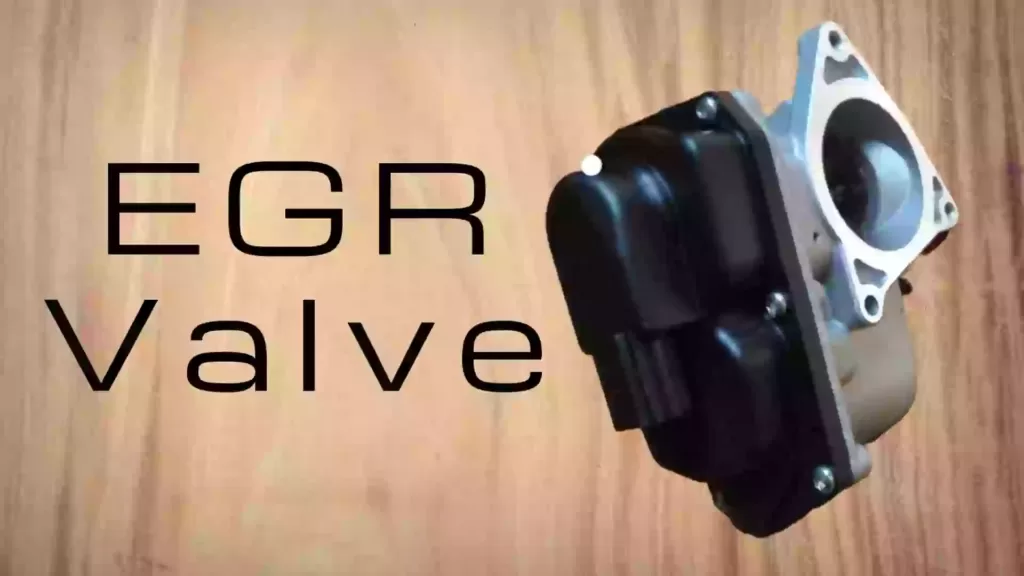What is an Exhaust gas recirculation valve (EGR)?
The EGR valve (Exhaust gas recirculation valve) is the valve used in an IC engine which is used to reduce the temperature of the engine, which helps to reduce the generation of NOx into the engine.
The EGR valve controls the re-enter of a certain quantity of exhaust gases into the combustion chamber of the engine. These exhaust gases mix with the fresh charge of the engine therefore it reduces the amount of excess oxygen present in fresh charge.
Hence the process of combustion becomes slower and that results in lowering IC engine temperature up to 150 degrees celsius.

In this article, we’re going to discuss:
- Functions of an EGR valve:
- What will happen if EGR is not present?
- How to identify that the EGR system is failed?
- What is the alternative to the EGR system?
- Final Words:
Functions of an EGR valve:
The main purpose of the EGR valve is to control the flow of exhaust gases into the combustion chamber.
The Molecules of Nitrogen gas are inert at lower temperature but when the temperature rises beyond 1370 ° Celsius the inner Nitrogen gas become reactive and forms NOx by reacting with an excess of oxygen present inside the combustion chamber.
The NOx (NO and NO2) has the potential to harm the human respiratory system and it also has adverse effects on the environment.
The EGR valve helps to control the flow of exhaust gases in the combustion chamber. The addition of exhaust gas helps to reduce the temperature of the engine therefore the formation of NOx is prohibited.
What will happen if EGR is not present?
Without EGR, we will face the following problems:
NOx generation: The main purpose of EGR is to reduce or avoid NOx generation. If the EGR valve is not fitted into the system then due to the overheating of the engine the nitrogen gas reacts with the excess of oxygen to form NOx (NO and NO2). This NOx gas will be released into the atmosphere which will harm the health of animals and the environment.
Overheating of engine: Due to the absence of an EGR valve, the combustion process in the combustion process becomes faster which results in overheating of the engine.
How to identify that the EGR system is failed?
Here are some observations that state that the EGR is not properly working:
Detonation sound: When the EGR valve never opens at the higher engine speed the temperature of the engine increases which results in a detonation sound from the engine.
Improper idling: When the EGR valve remains open even at a slower speed, the exhaust gases enter into the combustion chamber hence it disturbs the process of combustion even at the idling speed.
An increase in NOx generation states that the EGR system of your vehicle is not properly working.
What is the alternative to the EGR system?
For the reduction of NOx from engine exhaust, the following system can be used as an alternative for the EGR:
Selective Catalytic Reduction (SCR): The selective catalyst reduction (SCR) system is considered more efficient than the EGR system. In this system, liquid reductant also known as diesel exhaust fluid (DEF) is injected into the SCR catalyst. The SCR converts nitrogen oxides into CO2 and water. The SCR system can achieve a NOx reduction of up to 90 %.
Final Words:
The exhaust gas recirculation (EGR) valve helps to control the flow of exhaust gas into the combustion chamber which helps to reduce the temperature of the engine. The reduced temperature of the engine avoids the generation of NOx which is generated at a higher temperature.